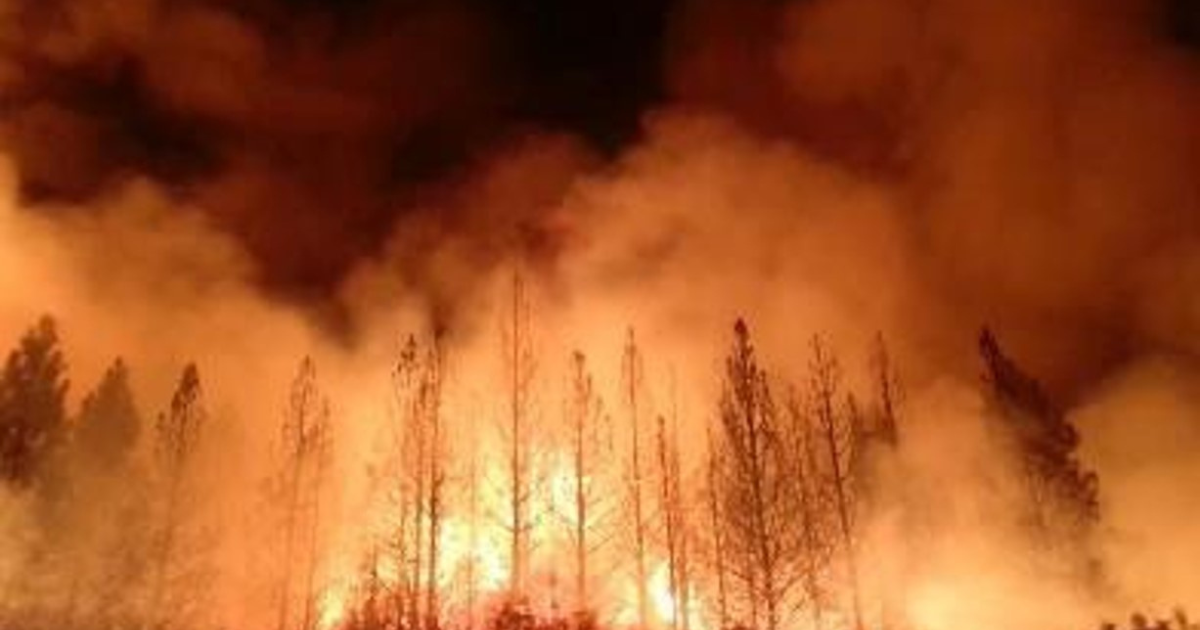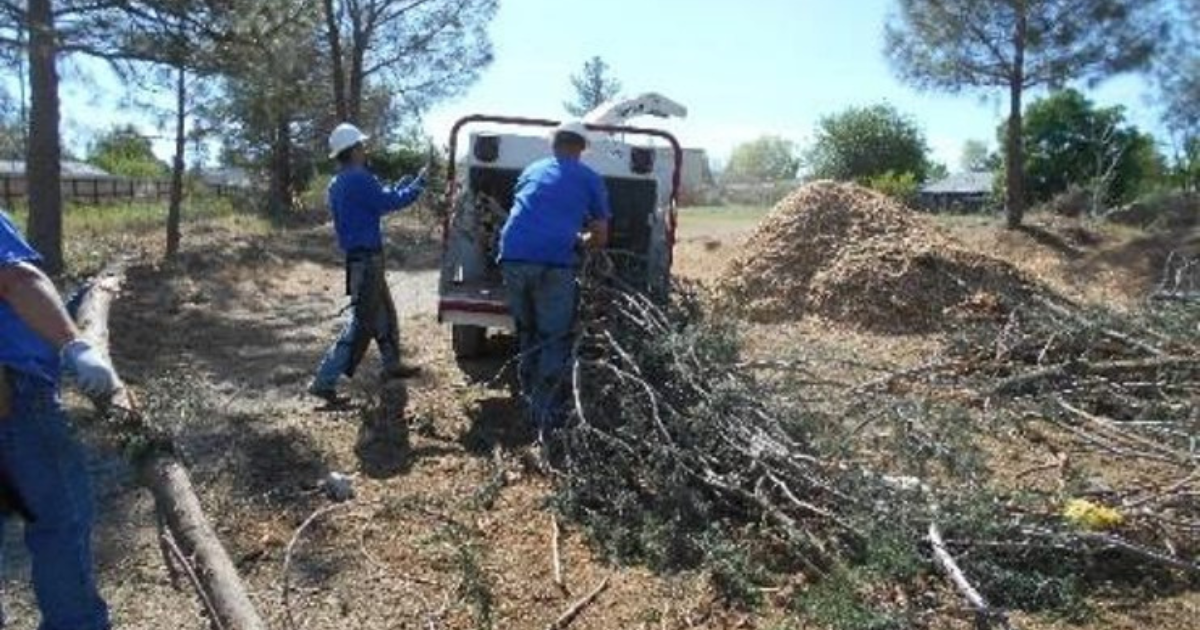Forest Thinning - Why It’s Necessary

The Caldor Fire. The Dixie Fire. The August Complex Fire. All of these fires took place in Northern California within the past two years and are on California’s Top 15 Largest Wildfires List. Not to mention, over two million acres have burned between them. With statistics that extreme, how do we avoid future fires like the monsters we have experienced in the past few years? Forest thinning.
Forest thinning is simply land management to create healthier forests. Kurtis Alexander from the San Francisco Chronicle says, “The reasoning behind active management has long been the same: Decades of fire suppression across the West have led to the unnatural buildup of trees and brush that is making fires burn bigger and faster. The warming climate has only added to the problem.”
Join us as we discuss the methods used for forest thinning and how the Nevada Irrigation District is making a difference.
Forest Thinning Methods
Years of suppressing fires along the West Coast has led to unmaintained forests. When a spark does catch on these heavily vegetated forests, it burns hotter than can be controlled, leading to millions of acres burned. Here at the NID, we use several approaches to forest thinning to lower fire threats and keep our forests healthy.
Mastication
Mastication is the technical word for “chewing.” It describes the process of breaking something down into pieces for easier consumption. Usually referring to the process of eating, mastication can also be used in reference to a reduction treatment for forests. This process involves bringing in heavy machinery and “chewing up” selected overgrown areas. Mastication reduces the potential for intense fires due to lowering the likelihood of canopy fires taking place.
Selective Thinning
The process of selective thinning, also referred to as selective cutting, is when areas of dense forests are cut down and removed. Selective thinning has been adopted to help reduce large fires and increase the entire ecosystem's health. Removing excess trees, grasses, and shrubs can make ecosystems healthier. The reduction of closely compacted trees allows for better canopy gaps, more sunlight to hit the forest floor, and lowers the plants’ susceptibility to disease and insects.
Hand Crews
Hand crews are a group of men and women who go in and thin sections of vegetation by hand. They use various tools such as shovels, chainsaws, pulaskis, (one side is an ax and one side is an adze), and mcleods (one side is a rake and one side is a hoe) to cut through trees, brush, and other vegetation.
Harvesting
Harvesting is another thinning method that manages the amount of tree growth by gathering excess trees. Managed forests through harvesting, also known as logging, is a method to reduce large amounts of fuel in highly susceptible areas. This process is not only a way of helping the environment but the surrounding community. By using locally harvested wood, less carbon is emitted into the atmosphere, and less fuel is left in the forest.

Shouldn’t We Be Saving The Trees, Not Cutting Them Down?
This is a question we receive a lot while we are in the midst of thinning projects. While some may think the sound of “chewing up” vegetation sounds destructive, it helps forests grow stronger and prevents wildfires.
Not only are forest thinning methods reducing the amount of fuel fires can have, but it is also making the forests more resilient to fires. The healthier the forest, the more likely it is to be irrepressible to fire, disease, drought, and pests.
Diversified Resources Inc states, “A century of fire suppression and declines in timber harvests on federal land over the past 20 years have left many forests over-stocked with small trees competing for water. Add drought to the mix and the trees become even more vulnerable to insect outbreak. Forests of stressed trees surrounded by heavy fuel loads are vulnerable to wildfires that are hotter and larger than would have burned historically.” Natural fire patterns have been altered through firefighting methods; forest thinning is a way to help the land continue with its natural growth cycle.
What NID Has Been Doing to Protect Our Forests
NID_treated_acres_collaboration_table.pngNID has been working with Sierra Nevada Conservancy, CAL FIRE, US Forest Service and Plumas Corporation over the years to reduce the density of the forested area on and around NID land. To date we have treated 834 acres of forest and are currently scheduled to treat 573 more acres.
Take a look at one of our recent articles on work we have been doing at Scotts Flat.
If you are interested in learning more about NID’s fight to prevent wildfires check out the Stewardship page on our website.

